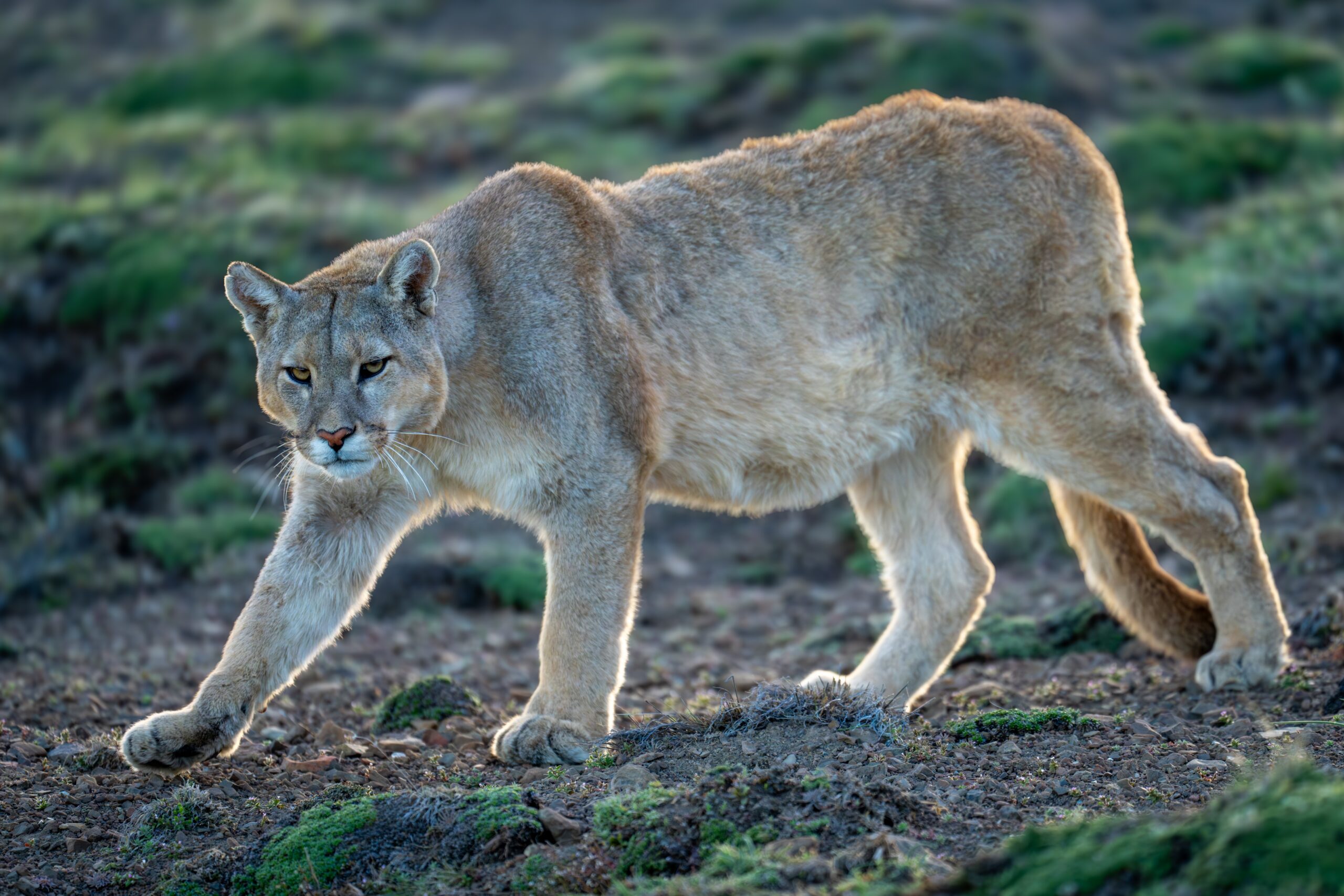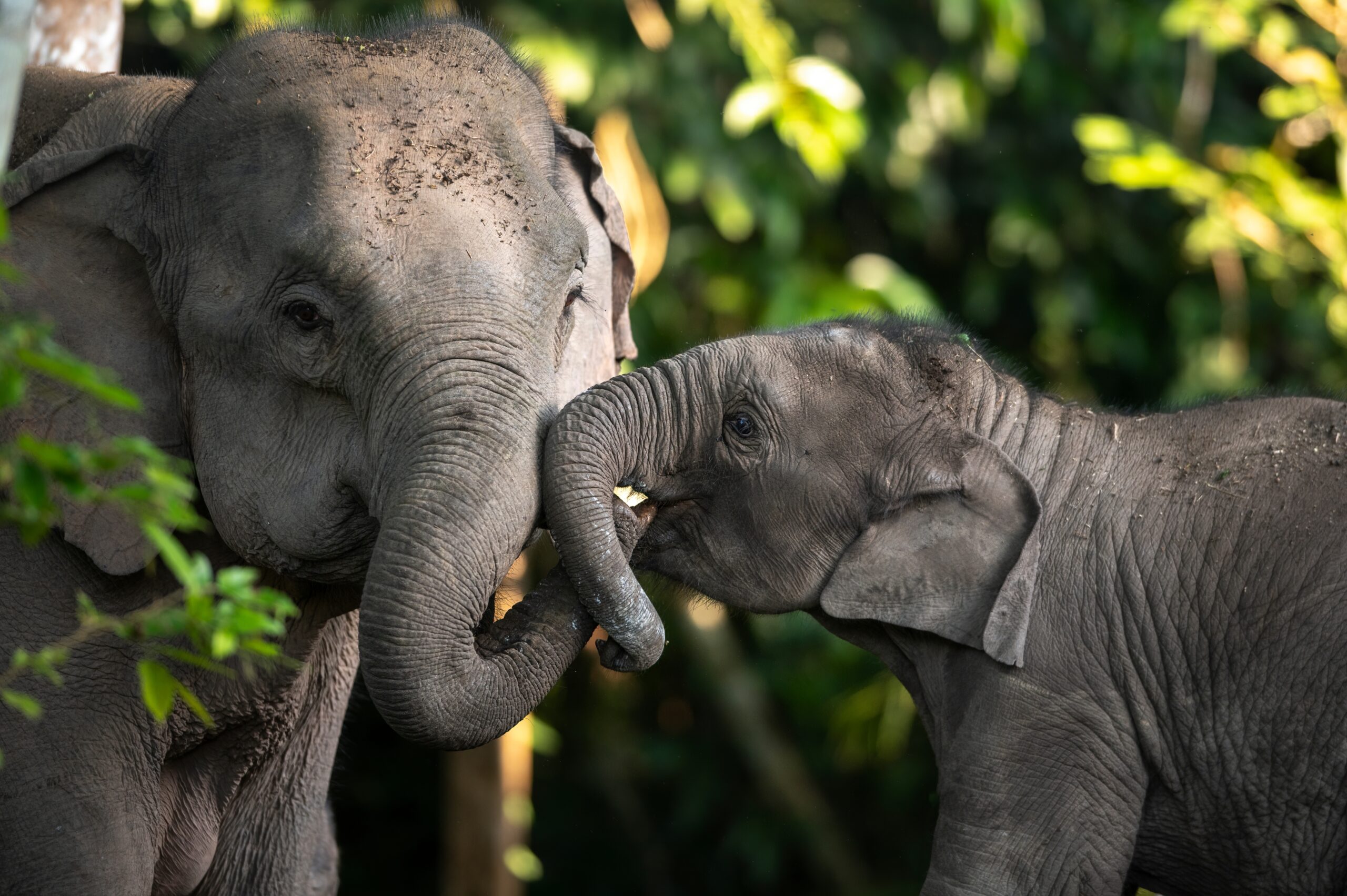Rivers have shaped the geography, culture, and history of the world for centuries. These natural waterways not only support life by providing fresh water and fertile land but also serve as critical transportation routes and sources of power. From the vast Amazon to the iconic Nile, the longest rivers on Earth stretch across multiple countries, each playing a significant role in the regions they flow through. In this list, we’ll explore 20 of the longest rivers in the world, uncovering their impressive lengths and the vital contributions they make to both nature and human civilization.
Nile River – 6,650 km (4,130 miles)
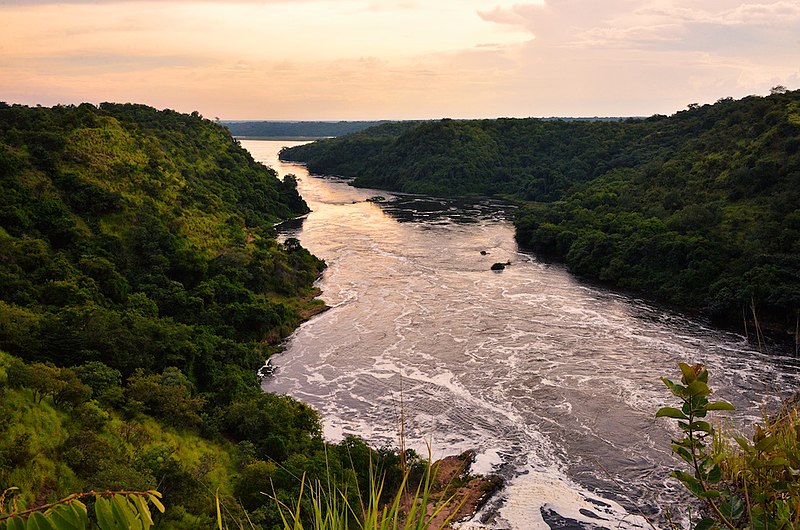
The Nile River is the longest river in the world, flowing through northeastern Africa for approximately 6,650 kilometers. Originating from the convergence of the White Nile and the Blue Nile, the river traverses 11 countries, including Egypt and Sudan. The Nile has played a crucial role in the development of ancient civilizations, particularly in Egypt, where it supported agriculture and trade. Its waters have been a lifeline for millions of people throughout history, sustaining life in an otherwise arid region. The river empties into the Mediterranean Sea, forming a fertile delta. The Nile’s immense length, paired with its historical significance, continues to captivate scholars and travelers alike. Its role as a water source remains critical for millions in the present day.
Amazon River – 6,400 km (3,976 miles)
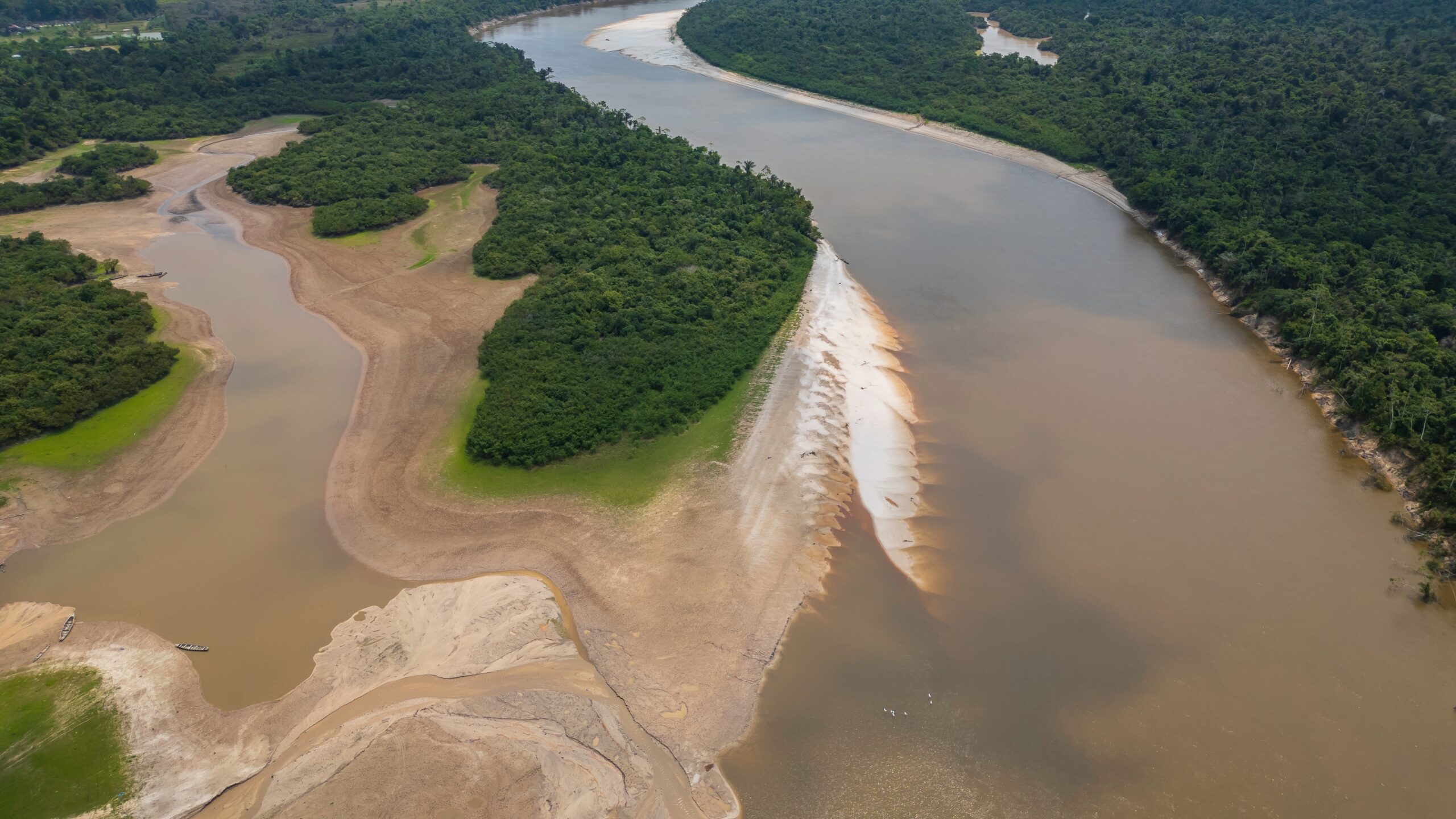
The Amazon River is often regarded as the largest river by discharge volume, flowing for approximately 6,400 kilometers through South America. Starting in the Andes Mountains of Peru, it traverses Brazil and several other countries before emptying into the Atlantic Ocean. With thousands of tributaries, the Amazon Basin is home to the world’s largest tropical rainforest. The river’s ecosystem supports a diverse range of wildlife, including pink river dolphins and piranhas. While its length is slightly shorter than the Nile, some scientists argue that its many tributaries could make it the longest. Regardless, the Amazon is undoubtedly the most powerful river by water volume. Its impact on the global climate is significant due to the vast rainforest it nourishes.
Yangtze River – 6,300 km (3,917 miles)

Flowing entirely within China, the Yangtze River stretches approximately 6,300 kilometers, making it the longest river in Asia. Originating in the Tibetan Plateau, the river winds its way eastward through major cities like Chongqing and Shanghai before reaching the East China Sea. The Yangtze serves as a major transportation route, supporting millions of people who rely on it for water, agriculture, and industry. The river is also home to the world-famous Three Gorges Dam, one of the largest hydroelectric power stations on the planet. In addition to its economic importance, the Yangtze is a symbol of Chinese culture and history. The river has witnessed the rise and fall of numerous dynasties over millennia. It continues to play a vital role in modern China’s economic development.
Mississippi-Missouri River System – 6,275 km (3,902 miles)
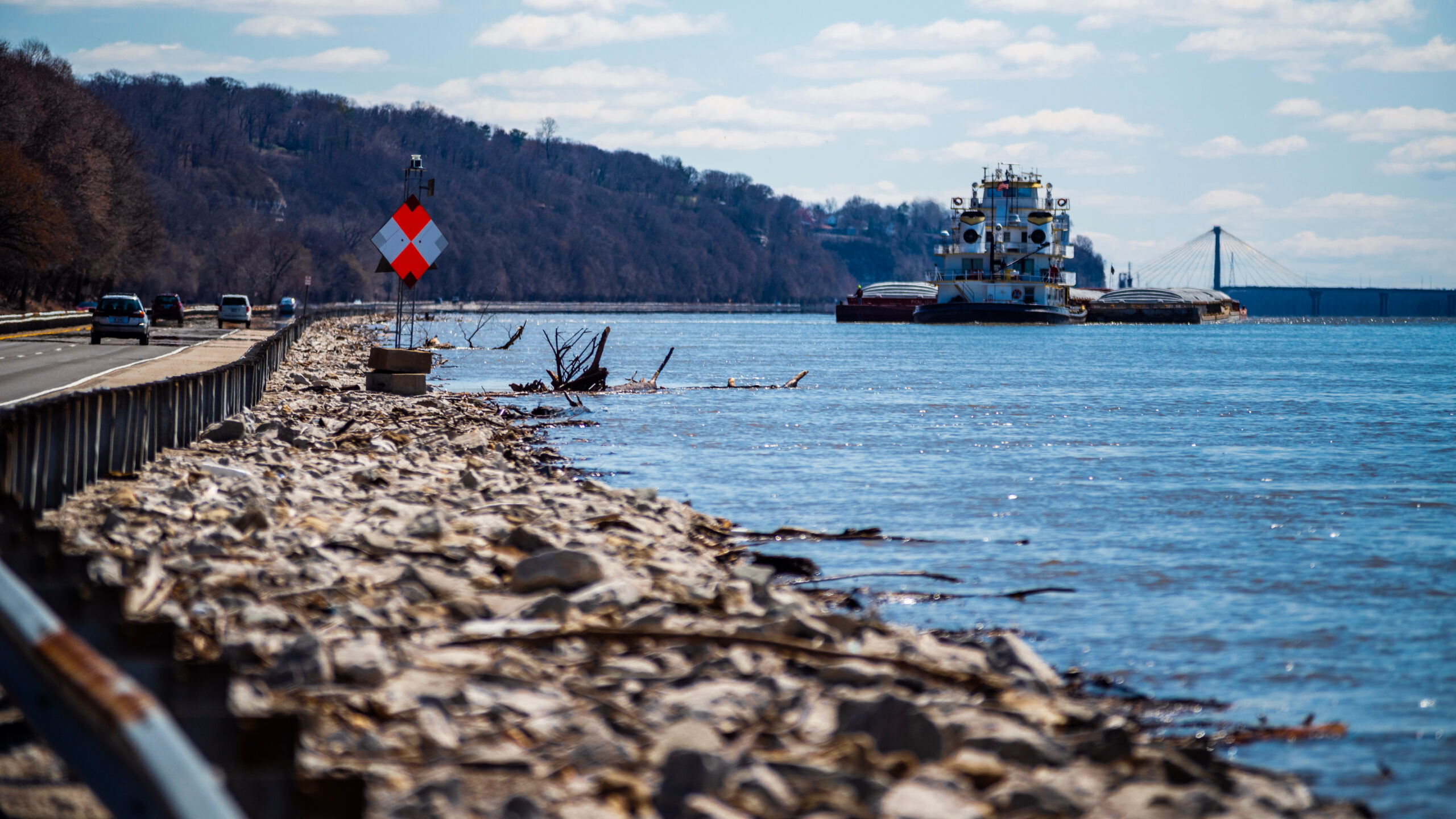
The Mississippi-Missouri River System, which flows through the United States, stretches for about 6,275 kilometers, making it the fourth-longest river system globally. Beginning in Montana, the Missouri River converges with the Mississippi River near St. Louis, continuing southward to the Gulf of Mexico. This vast river system has been integral to the U.S. economy, serving as a major transportation route for goods and agricultural products. Historically, the river system played a key role in the westward expansion of the United States, as pioneers and traders used it to reach new territories. The river’s ecosystem is home to diverse wildlife, from fish to migratory birds. Its floodplains are crucial for agriculture, although flooding can also pose a risk to surrounding communities. The river remains a symbol of American heritage and natural beauty.
Yenisei River – 5,539 km (3,445 miles)
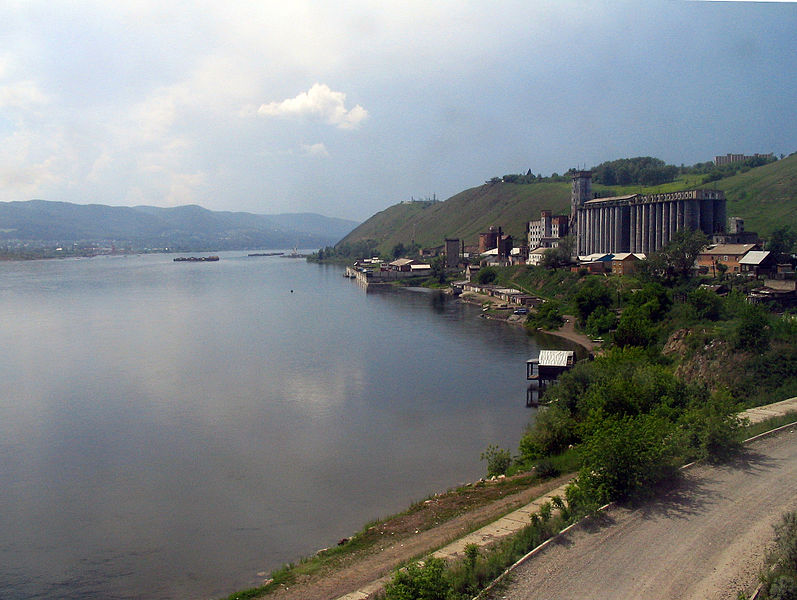
The Yenisei River, which flows through Siberia in Russia, is one of the longest rivers in the world at approximately 5,539 kilometers. Starting in Mongolia, it flows northward through the heart of Siberia, eventually emptying into the Arctic Ocean. The river is vital for Russia’s economy, providing hydroelectric power and serving as a transportation route for the timber and mining industries. Its basin is vast, covering much of central Russia and parts of Mongolia. The Yenisei is also a habitat for a variety of fish species, including the taimen, one of the largest freshwater fish. Winters in this region are harsh, with the river freezing over for several months. However, during the summer, it becomes a lifeline for the communities along its banks.
Yellow River (Huang He) – 5,464 km (3,395 miles)
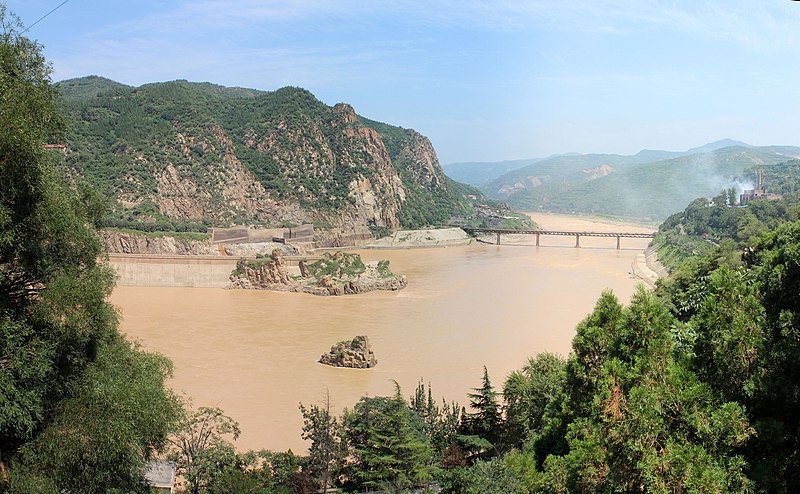
Known as the cradle of Chinese civilization, the Yellow River, or Huang He, stretches for approximately 5,464 kilometers. It begins in the Bayan Har Mountains in Qinghai province and flows through nine provinces before emptying into the Bohai Sea. Historically, the river has been both a blessing and a curse for China, providing fertile soil for agriculture but also causing devastating floods. The Yellow River is infamous for its unpredictable flooding, which has shaped the history of the surrounding regions. The river’s yellowish tint comes from the massive amount of loess sediment it carries, giving it its distinctive name. The river basin has been home to some of China’s earliest dynasties. Today, efforts are underway to manage the river’s flow and prevent further environmental degradation.
Ob-Irtysh River System – 5,410 km (3,364 miles)
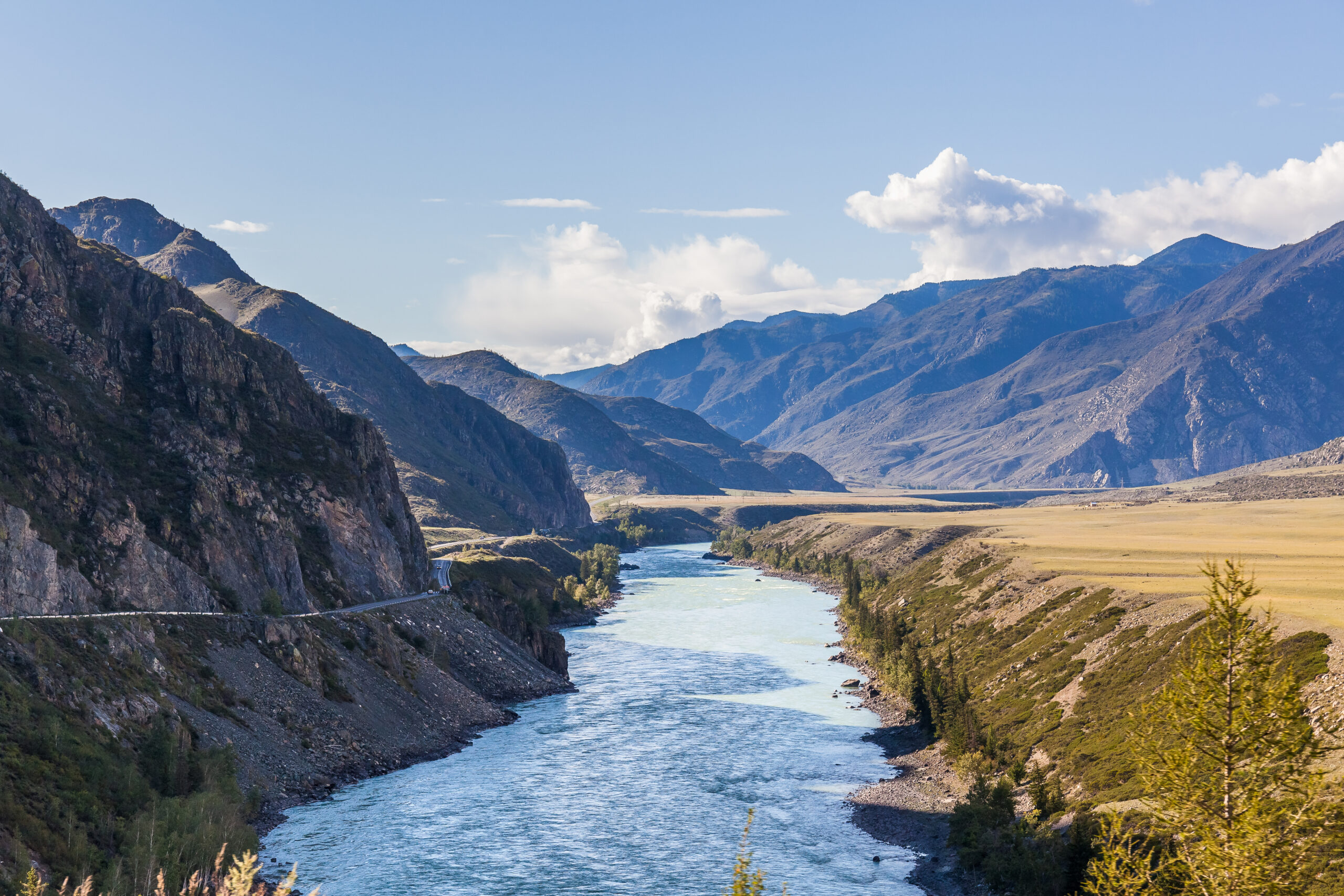
The Ob-Irtysh River System in Russia and Kazakhstan is one of the longest in the world, measuring approximately 5,410 kilometers. This river system begins with the Irtysh River, which flows from China through Kazakhstan and joins the Ob River in western Siberia. The Ob River continues northward to the Gulf of Ob in the Arctic Ocean. It plays a significant role in transportation and the economy, particularly for the oil and gas industries. The river system traverses diverse landscapes, from mountains to vast Siberian plains. The Ob-Irtysh basin is rich in natural resources, contributing to Russia’s energy exports. Wildlife is abundant, with migratory birds and fish thriving in the wetlands.
Congo River – 4,700 km (2,920 miles)

The Congo River, flowing through central Africa, is the world’s deepest river and spans approximately 4,700 kilometers. Originating in the highlands of the East African Rift, it winds through the Democratic Republic of the Congo and several other countries before reaching the Atlantic Ocean. Known for its powerful rapids and waterfalls, the Congo River has long been a challenging route for navigation. Its basin, however, is home to the second-largest rainforest in the world, second only to the Amazon. The river supports an incredibly diverse ecosystem, including rare species like the bonobo and the Congo peacock. For centuries, the Congo River has been a vital source of water, food, and transportation for millions of people. Despite its natural beauty, political instability in the region has often limited its potential as a resource.
Amur River – 4,444 km (2,763 miles)
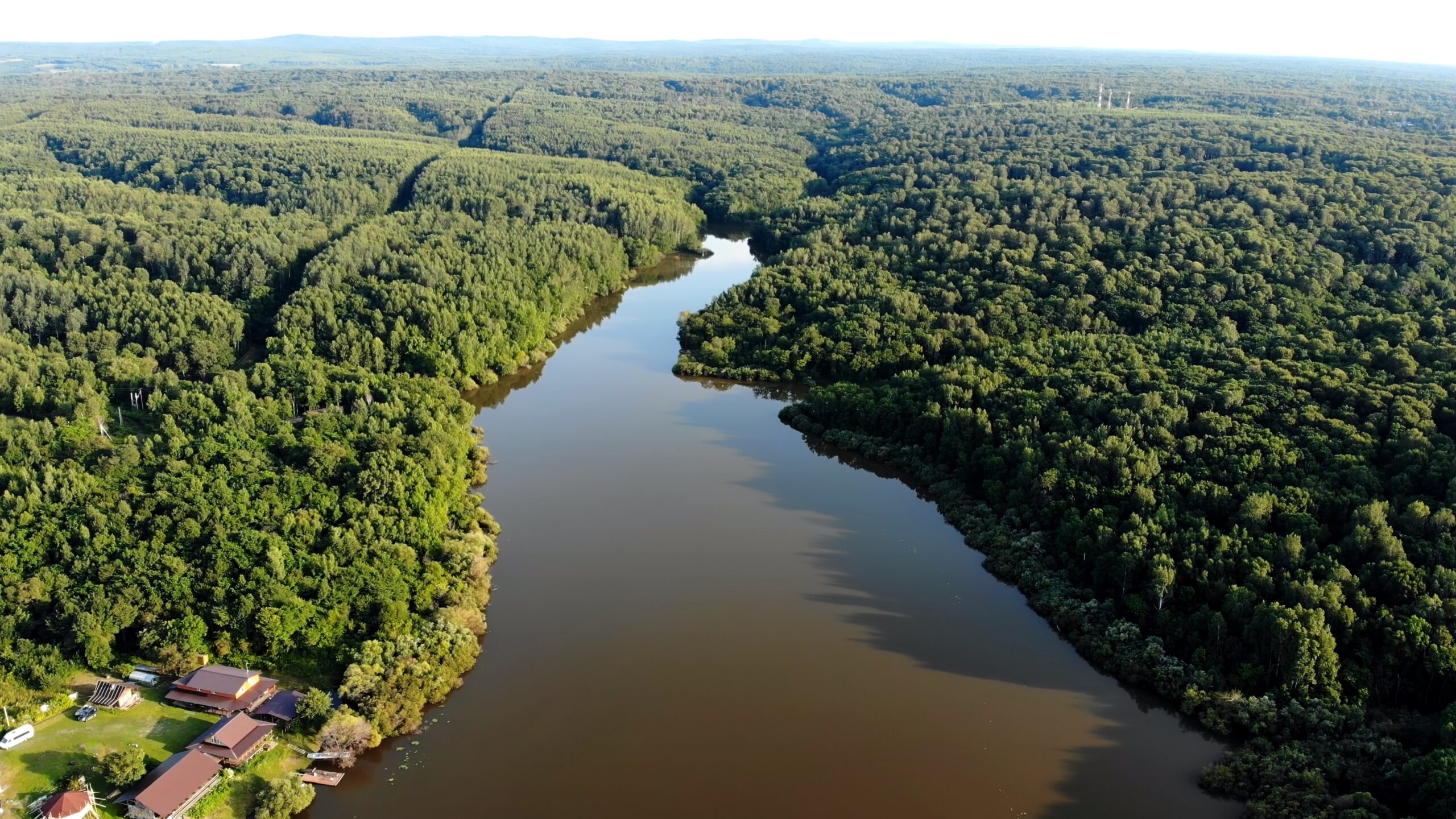
The Amur River, stretching for approximately 4,444 kilometers, forms the border between Russia and northeastern China. Starting in the mountains of northeastern Mongolia, the river flows eastward and then southeastward, eventually draining into the Pacific Ocean. The Amur is one of the few major rivers in the world that remains relatively untouched by industrial development, making it a critical habitat for endangered species such as the Amur leopard and Siberian tiger. The river basin is home to a unique blend of Russian and Chinese cultures, with both countries relying on its waters for agriculture and fishing. The Amur River’s long history includes its role as a natural barrier and battleground between Russian and Chinese forces. Today, it serves as a symbol of cooperation and shared environmental stewardship between the two nations.
Lena River – 4,400 km (2,736 miles)
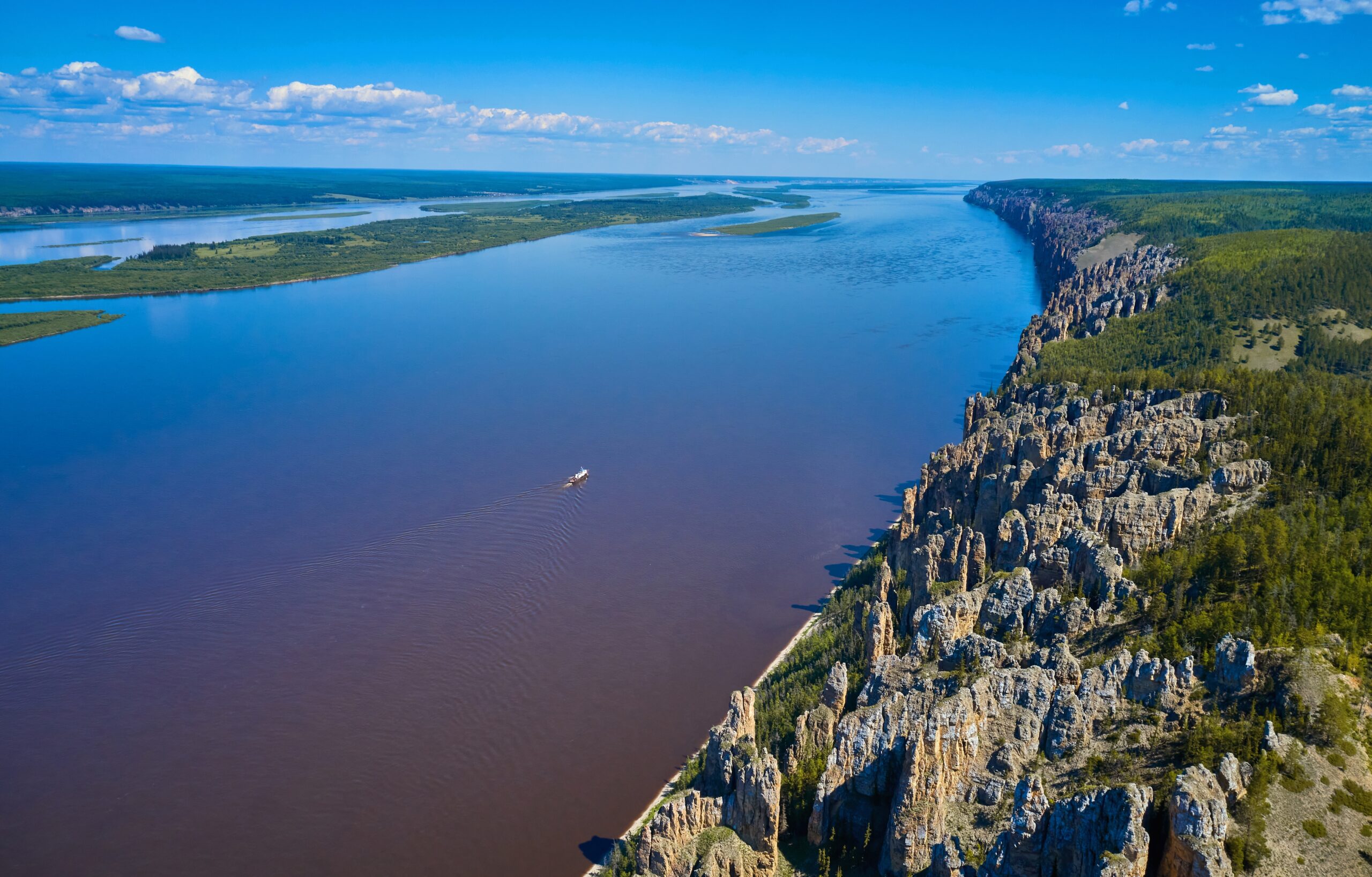
Flowing through the remote Siberian wilderness, the Lena River stretches for approximately 4,400 kilometers, making it one of the longest rivers in Russia. It originates near Lake Baikal and flows northward through sparsely populated regions before emptying into the Arctic Ocean. The river is frozen for much of the year, with ice covering its surface for about six months. Despite its harsh climate, the Lena River is vital for transportation and commerce in Siberia, particularly for the transportation of goods and resources during the brief summer months. The Lena Delta is one of the largest in the world and provides an important habitat for migratory birds. Historically, the river has been a key route for Russian explorers and traders seeking new frontiers in Siberia. Its remote and pristine landscapes continue to attract adventurers and scientists alike.
Mekong River – 4,350 km (2,703 miles)

The Mekong River flows for approximately 4,350 kilometers through six countries in Southeast Asia, including China, Myanmar, Laos, Thailand, Cambodia, and Vietnam. It begins on the Tibetan Plateau and winds its way southward to the South China Sea. The river is vital for the economies of these countries, providing water for agriculture, fisheries, and hydropower. The Mekong Delta is one of the most fertile regions in the world, supporting millions of people who depend on it for rice cultivation. However, rapid development and dam construction have posed environmental challenges to the river’s ecosystems. The river is home to some of the world’s largest freshwater fish, including the Mekong giant catfish. Its length and importance make it one of the most significant rivers in Asia.
Mackenzie River – 4,241 km (2,635 miles)
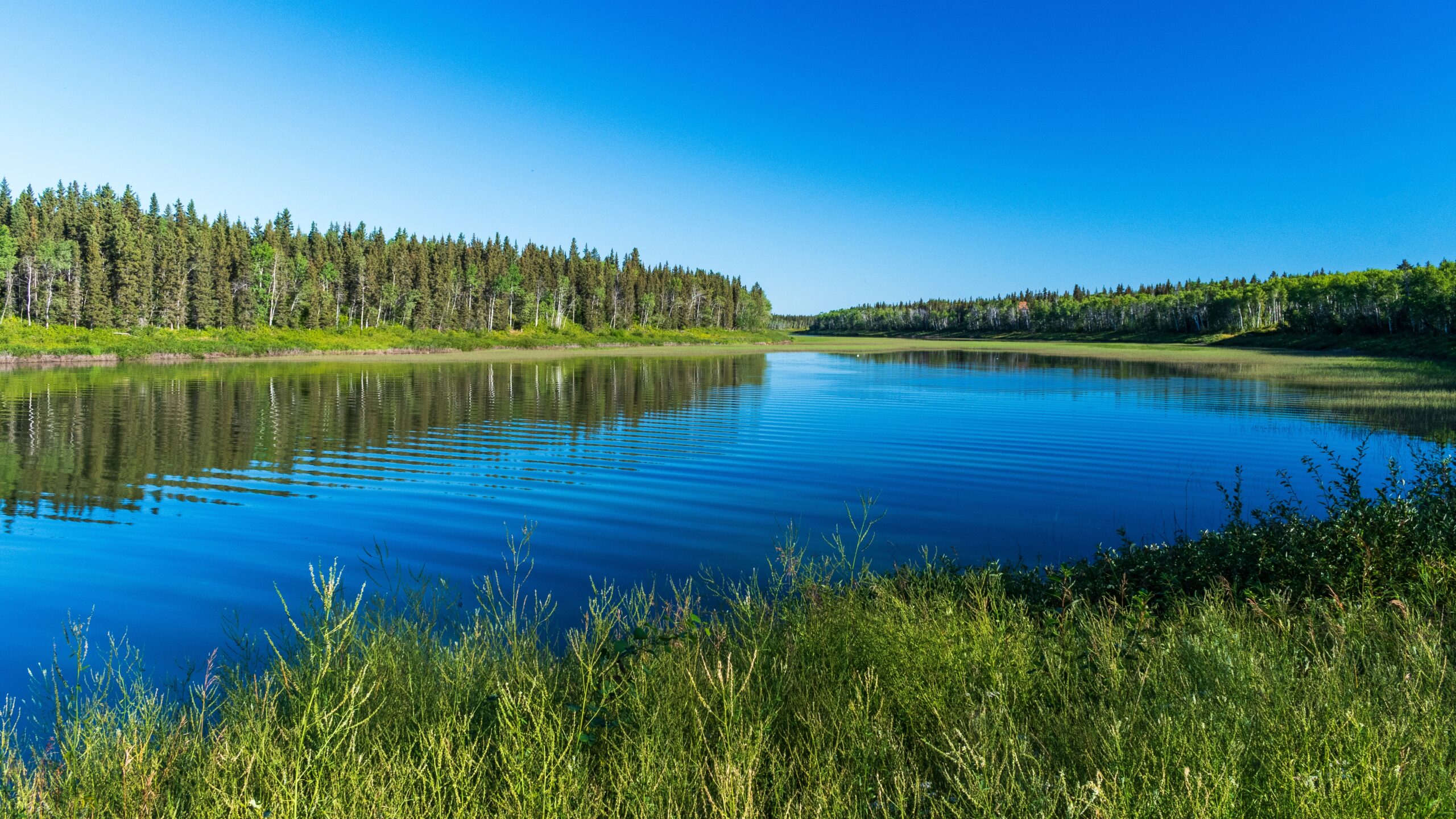
The Mackenzie River, the longest river in Canada, stretches for approximately 4,241 kilometers. Originating from the Great Slave Lake, it flows northward through the Northwest Territories before emptying into the Arctic Ocean. The river passes through remote wilderness areas, making it one of the most pristine river systems in the world. The Mackenzie River is frozen for much of the year, but during the summer, it serves as an important transportation route for goods and supplies in Canada’s northern regions. Indigenous peoples have relied on the river for thousands of years for fishing, hunting, and transportation. It also supports a variety of wildlife, including moose, wolves, and migratory birds. Despite its isolation, the Mackenzie River remains vital to Canada’s Arctic economy and ecology.
Niger River – 4,180 km (2,597 miles)

The Niger River flows for approximately 4,180 kilometers, making it the longest river in West Africa. It begins in the highlands of Guinea and meanders through Mali, Niger, Benin, and Nigeria before reaching the Atlantic Ocean. The river is a crucial source of water for agriculture and sustains millions of people in the arid Sahel region. Its inland delta in Mali is particularly important for farming and fishing. The Niger River has played a key role in the history of African civilizations, including the great empires of Mali and Songhai. It also supports modern industries such as hydroelectric power generation and irrigation. Despite challenges such as pollution and overuse, the river remains an essential lifeline for West Africa.
Brahmaputra River – 3,848 km (2,391 miles)
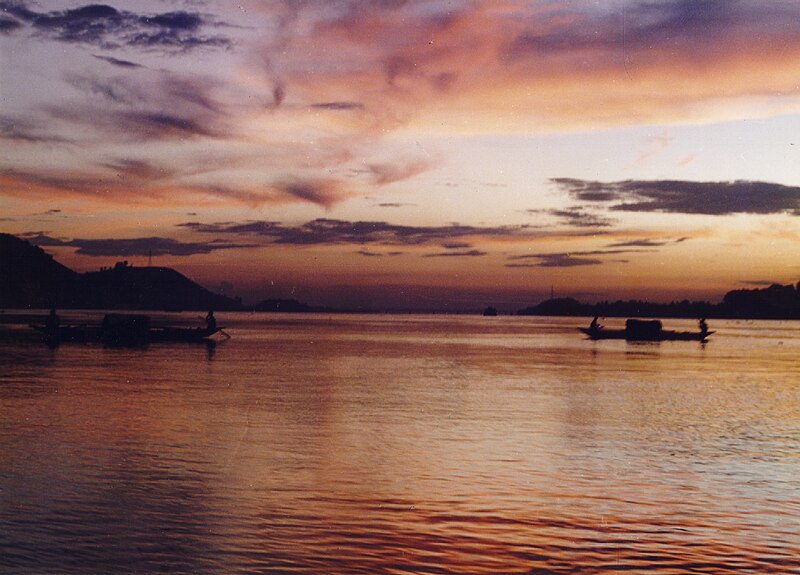
The Brahmaputra River is one of the major rivers in Asia, flowing for approximately 3,848 kilometers through China, India, and Bangladesh. It begins in the Tibetan Himalayas and travels through the Assam Valley before joining the Ganges and emptying into the Bay of Bengal. The river’s annual flooding provides fertile soil for agriculture, but it also brings destruction to surrounding areas. The Brahmaputra is known for its high sediment load and massive discharge during the monsoon season, making it one of the most unpredictable rivers in the world. The river’s delta is one of the largest in the world and supports millions of people. However, its waters are also prone to disputes between the countries it flows through. The Brahmaputra is both a source of life and a source of tension in South Asia.
Murray-Darling River System – 3,672 km (2,282 miles)
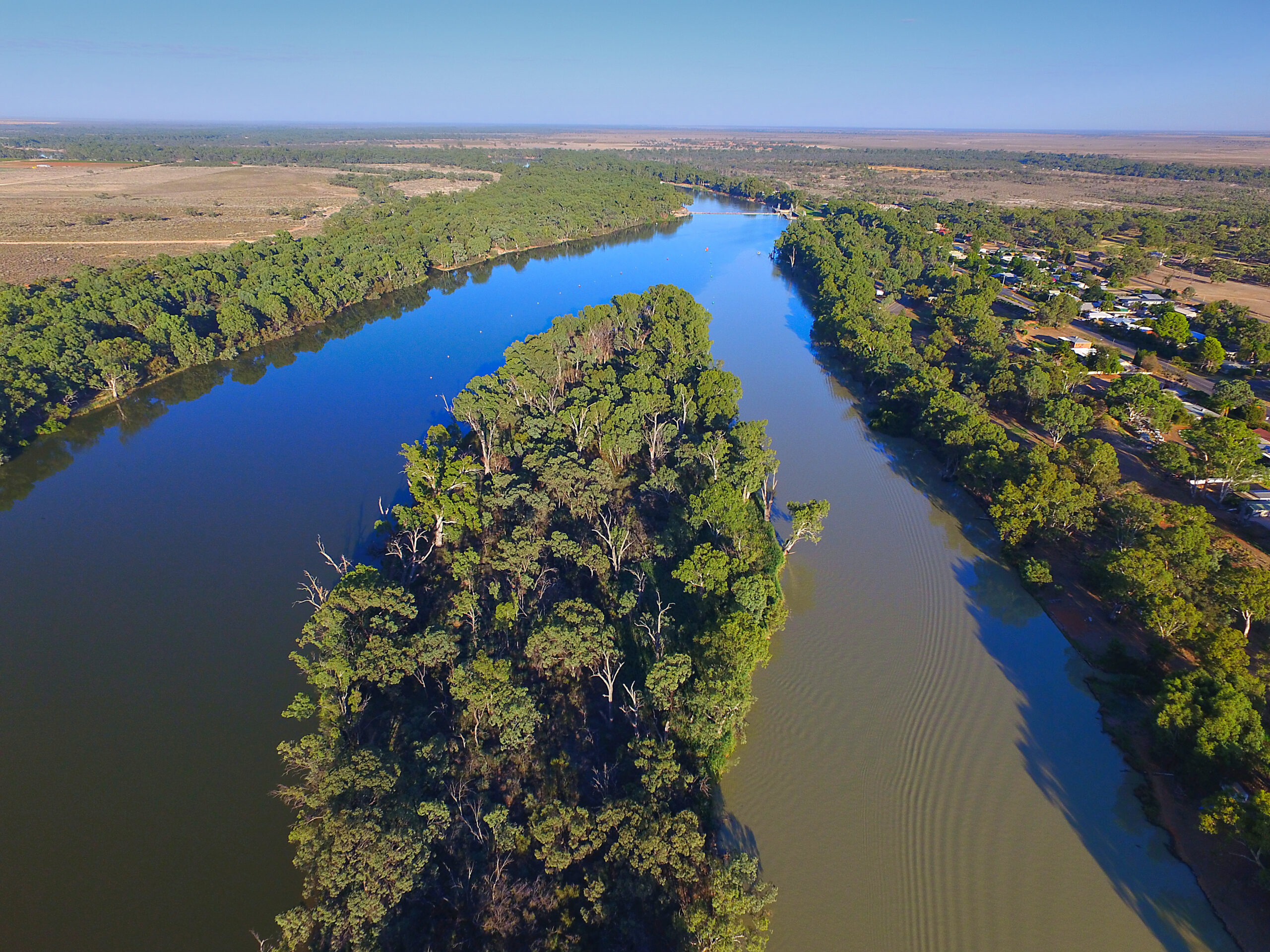
The Murray-Darling River System is the longest in Australia, extending approximately 3,672 kilometers across southeastern Australia. It begins in the Great Dividing Range and flows through New South Wales, Victoria, and South Australia before reaching the Southern Ocean. The river system is critical for Australia’s agriculture, providing water for more than 40% of the country’s farms. However, it faces significant environmental challenges, including water over-extraction and pollution. The Murray-Darling Basin is home to a variety of unique wildlife, including several species of fish and birds. Indigenous peoples have lived along the river for thousands of years, relying on its resources for sustenance. Today, efforts are being made to restore the health of the river system through water conservation and management policies.
Tocantins-Araguaia River System – 3,650 km (2,268 miles)
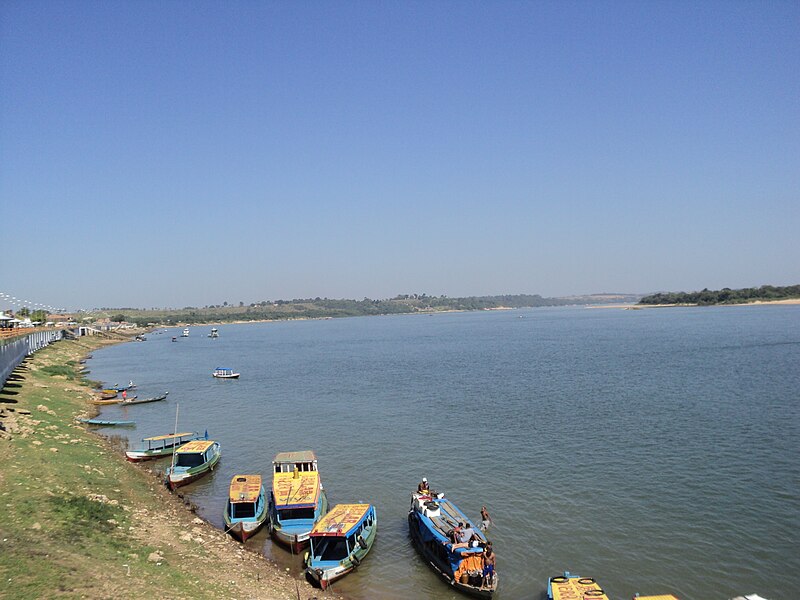
The Tocantins-Araguaia River System in Brazil is one of the longest river systems in South America, with a length of approximately 3,650 kilometers. It begins in the central Brazilian highlands and flows northward through the Amazon Basin before reaching the Atlantic Ocean. Although not part of the Amazon River, the Tocantins-Araguaia River System plays a significant role in Brazil’s economy, particularly in hydroelectric power generation. The river supports a rich biodiversity, with several endangered species living in its basin. The region is also important for agriculture, with large areas of land used for cattle ranching and soy production. However, deforestation and pollution have threatened the health of the river and its ecosystems. The Tocantins-Araguaia River remains a vital waterway for both industry and the environment in Brazil.
Volga River – 3,645 km (2,266 miles)

The Volga River, which stretches for approximately 3,645 kilometers, is the longest river in Europe and a symbol of Russian culture and history. It begins in the Valdai Hills northwest of Moscow and flows southward through central Russia, eventually emptying into the Caspian Sea. The Volga has been a key transportation route for centuries, supporting trade and communication between Russian cities. The river’s basin is home to more than 60 million people and includes some of Russia’s most important industrial regions. The Volga is also famous for its picturesque landscapes, which have inspired numerous artists, poets, and musicians. Hydroelectric power plants along the river provide energy for much of the region. Despite its beauty and importance, pollution from industry remains a significant problem for the Volga.
Zambezi River – 2,574 km (1,599 miles)
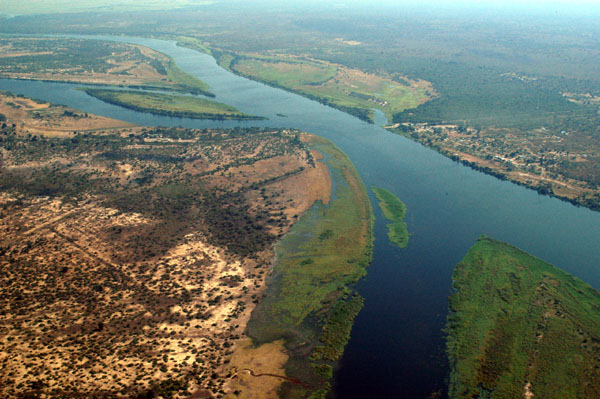
The Zambezi River, stretching for approximately 2,574 kilometers, is the fourth-longest river in Africa and the largest flowing into the Indian Ocean. It begins in Zambia and flows through Angola, Namibia, Botswana, Zimbabwe, and Mozambique. The river is perhaps best known for Victoria Falls, one of the largest and most famous waterfalls in the world. The Zambezi also supports rich ecosystems and is home to a variety of wildlife, including crocodiles, hippos, and elephants. Hydroelectric dams on the Zambezi, such as the Kariba Dam, provide power to several countries in southern Africa. The river is crucial for fishing and agriculture, but it is also prone to seasonal flooding. The Zambezi’s vast beauty and natural resources make it one of the most significant rivers in Africa.
Danube River – 2,860 km (1,775 miles)

The Danube River, flowing for approximately 2,860 kilometers, is the second-longest river in Europe and passes through 10 countries, more than any other river in the world. It begins in Germany’s Black Forest and flows southeastward through Central and Eastern Europe, eventually emptying into the Black Sea. The Danube has been a vital waterway for trade and transportation for centuries, connecting major cities such as Vienna, Budapest, and Belgrade. Its basin supports a wide range of ecosystems, including forests, wetlands, and grasslands, which are home to diverse species of birds and fish. The river is also known for its cultural and historical significance, with numerous castles, fortresses, and monasteries lining its banks. Today, the Danube remains an important route for commerce and tourism in Europe.
Paraná River – 4,880 km (3,032 miles)
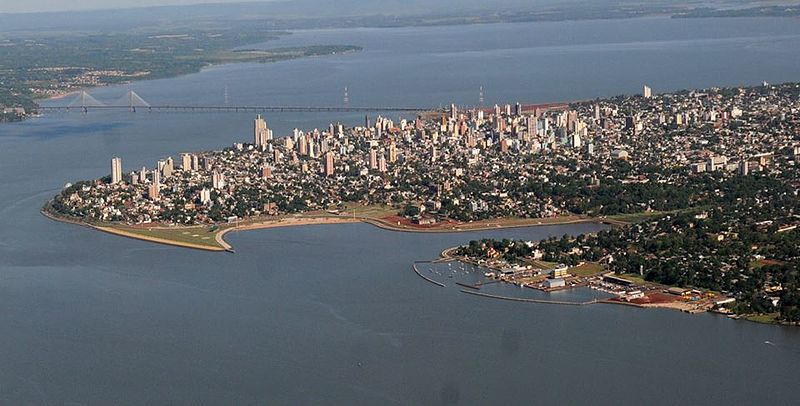
The Paraná River, which flows for approximately 4,880 kilometers, is one of the longest rivers in South America. It begins in southern Brazil and flows through Paraguay and Argentina before reaching the Atlantic Ocean. The river is a key waterway for transportation and trade in the region, and its basin supports a rich diversity of wildlife. The Itaipu Dam, one of the largest hydroelectric power plants in the world, is located on the Paraná River. The river’s delta is one of the largest wetlands in the world and provides an important habitat for fish and migratory birds. The Paraná River has been central to the development of agriculture and industry in South America. However, environmental concerns such as deforestation and pollution continue to threaten its ecosystems.
This article originally appeared on Rarest.org.
More From Rarest.Org
Deep within the world’s most remote jungles, a diverse range of rare and exotic amphibians thrive, often hidden from human view. These remarkable creatures have evolved unique traits to survive in their specific environments, from vibrant colors that ward off predators to extraordinary abilities like gliding or regenerating limbs. Read more.
Big cats are some of the most awe-inspiring creatures on the planet, roaming a variety of stunning landscapes across the globe. From the dense rainforests of the Amazon to the snowy peaks of the Himalayas, these majestic predators have adapted to thrive in some of the worldâs most beautiful and diverse environments. Read more.
The animal kingdom is filled with incredible creatures of all shapes and sizes, but some stand out for their sheer enormity. From the oceans to the savannas, the largest species on Earth are not only impressive in their size but also in the roles they play in their ecosystems. Read more.


